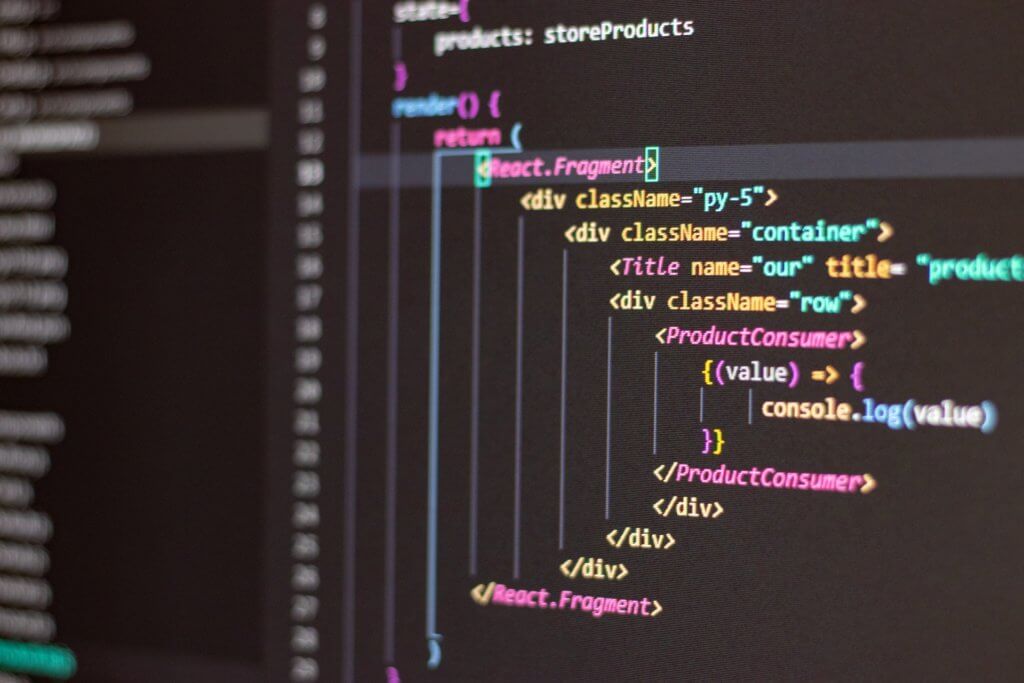In the dynamic world of web development, delivering a smooth and interactive user experience is paramount. Single Page Applications (SPAs) have emerged as a game-changing approach to achieve this goal. Thanks to frameworks like React, Angular, and Vue.js, SPAs have become prevalent, revolutionizing the way websites and web applications are built and experienced. By loading only the necessary content and updating the page dynamically without full page reloads, SPAs provide a seamless and responsive user experience that captivates visitors and keeps them engaged.
What are Single Page Applications?
Traditionally, web applications followed a multi-page model, where each user action triggered a request to the server, resulting in a full page reload. However, SPAs take a different approach. They are web applications that load once initially and dynamically update the content as users interact with the application without navigating to separate pages. This approach provides a more fluid and desktop-like experience, akin to using native mobile applications.
The Role of React, Angular, and Vue.js:
Frameworks like React, Angular, and Vue.js have played a pivotal role in popularizing SPAs. These front-end frameworks provide powerful tools and components that streamline the development process and enable developers to create sophisticated, interactive, and efficient SPAs.
- React: Developed by Facebook, React is a JavaScript library renowned for its virtual DOM and component-based architecture. React’s one-way data flow and efficient rendering mechanisms contribute to the smooth performance of SPAs, allowing developers to build complex interfaces with ease.
- Angular: Developed and maintained by Google, Angular is a comprehensive and feature-rich front-end framework. Its two-way data binding, dependency injection, and modular architecture make it an excellent choice for building SPAs with complex business logic and robust data handling capabilities.
- Vue.js: Vue.js is a progressive JavaScript framework that aims to be approachable and versatile. With its reactivity system and intuitive API, Vue.js enables developers to build SPAs of any scale efficiently. Its simplicity and flexibility have attracted a large and passionate community of developers.
Advantages of Single Page Applications:
- Enhanced User Experience: SPAs offer a seamless user experience by eliminating the need for full page reloads. This results in faster load times and smoother transitions, keeping users engaged and immersed in the application.
- Improved Performance: SPAs load only the necessary resources, reducing server requests and data transfer. As a result, they often exhibit better performance and consume fewer network resources, especially in areas with limited internet connectivity.
- Interactivity and Responsiveness: SPAs utilize client-side rendering, enabling dynamic updates without server round trips. Users can interact with the application, and the content updates instantly, providing a responsive and real-time feel.
- Cost-Effective Development: By utilizing reusable components and minimizing server-side processing, SPAs streamline development efforts and reduce maintenance costs. Developers can focus on optimizing the user experience rather than managing complex server-side interactions.
- SEO Friendliness: Though SPAs were initially criticized for their limited SEO capabilities, modern search engines have evolved to crawl and index single page applications efficiently. Techniques like server-side rendering (SSR) and pre-rendering have been adopted to ensure SEO friendliness.
Challenges and Considerations:
While SPAs offer numerous advantages, they are not without challenges and considerations:
- Initial Load Time: Since SPAs load all necessary resources upfront, the initial load time may be longer than traditional multi-page applications. Proper optimization techniques like code splitting and lazy loading can mitigate this issue.
- SEO Optimization: As mentioned earlier, SPAs require specific techniques like SSR or pre-rendering to ensure search engine optimization. Failing to implement these practices could impact the discoverability of SPA content by search engines.
- Browser Compatibility: Some older browsers may not fully support the latest JavaScript features used in SPAs, potentially leading to compatibility issues. Implementing fallbacks or providing graceful degradation can address this concern.
- Memory Management: SPAs maintain the application state on the client-side, which can result in increased memory usage, especially for complex applications. Careful memory management practices must be followed to prevent performance degradation.
Conclusion:
Single Page Applications (SPAs) have revolutionized the web development landscape, providing users with smoother, more interactive, and responsive experiences. Thanks to frameworks like React, Angular, and Vue.js, SPAs have become increasingly prevalent, empowering developers to create sophisticated and efficient web applications.
The advantages of SPAs, such as enhanced user experience, improved performance, and cost-effective development, make them an appealing choice for modern web applications. Nevertheless, developers must also address challenges related to initial load time, SEO optimization, browser compatibility, and memory management.
In an increasingly competitive digital world, the adoption of SPAs has become essential for businesses looking to deliver exceptional user experiences and stay at the forefront of web development. By embracing SPAs and leveraging the capabilities of cutting-edge frameworks, developers can craft web applications that captivate users, drive engagement, and leave a lasting impression.
